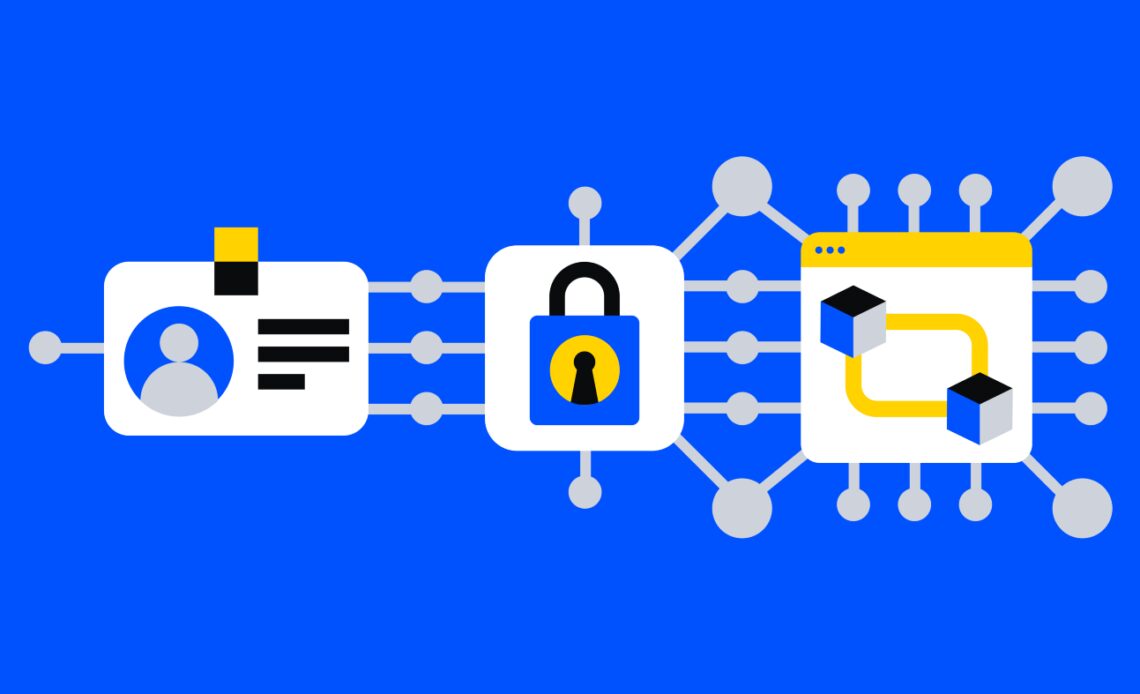TL;DR: To create an open financial system for the world, we need to ensure web3 is usable by everyone. This means building an identity experience that’s intuitive, forgiving, and trustworthy, combining the best of web2 and web3. Our first step is to make it easy for anyone to claim a web3 (ENS) username for free, but there’s more work to be done.
By Alex Reeve, Group Product Manager, Identity
If you’ve used crypto, you’ve probably experienced the anxiety that comes from sending tokens or NFTs to intimidating 42-character addresses like 0x2133a64a3bE8B64827B26B08e166d0b478bd09D3. To make this easier, we worked with Ethereum Name Service (ENS) to allow users to claim “name.cb.id” usernames using Coinbase Wallet’s browser extension.
In order to create an open financial system for the world, we need to ensure that people from all walks of life can use web3. Fostering adoption of a human-readable username standard is a key part of making web3 user-friendly for everyone. With this feature, anyone can now claim a free “name.cb.id” web3 username to send and receive crypto (instead of using 42-character addresses), engage with others, and to use as the foundation of their web3 identity.
While this is an important milestone, your username is only part of your online identity. There are other identity-related gaps to fill before web3 is usable by billions of people. While web3 has early promise, it’s often unintuitive, and it lacks viable ways of conveying and assessing trust and legitimacy. To fill these gaps, we need to combine the convenience of web2 with the privacy, security, and control of web3.
When you create an account or sign in to a product, you’re using your identity to gain access. Identity is how products and platforms represent people, manage access and authorization, and assess trust. Identity has three core parts:
1. Representation: how you’re represented as a user (e.g. your username and profile).
2. Access: proving that you’re the owner of said identity (e.g. signing in) to get access to the product.
3. Authorization: determining what you’re allowed to access based on who you are.
With web3 today, you’re represented by a wallet address or username like nick.eth or nick.cb.id. You access web3 by using your seed phrase to configure your wallet or recover access to your wallet. Specific tokens or NFTs can authorize you to access exclusive communities, merchandise drops, and more.
Web2 companies have invested heavily in…
Click Here to Read the Full Original Article at The Coinbase Blog – Medium…
























